1. Stretch Armstrong
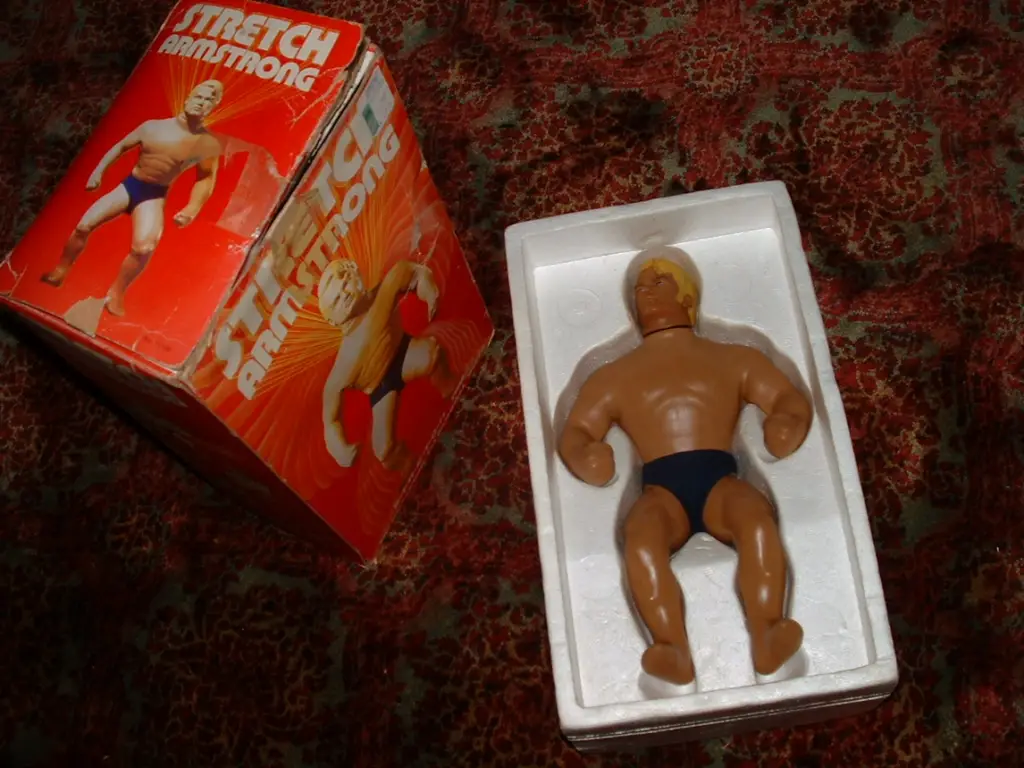
Kids couldn’t resist Stretch Armstrong’s gooey charm. You could pull his arms, legs, and even his torso as far as possible and then watch him slowly snap back into place. For children, it was magic, and it turned every play session into a strength test to see who could stretch him the farthest. He was tough, but if you pushed too hard, his outer skin could split, which made him both fascinating and dangerous.
Parents, on the other hand, dreaded when Stretch broke open. Inside was a sticky, syrupy goo that could ruin clothes, carpets, and furniture in seconds. Once that happened, Stretch Armstrong was basically done, and so was your mom’s patience. Many parents secretly hated this toy for being both messy and expensive to replace.
2. Rock ’Em Sock ’Em Robots
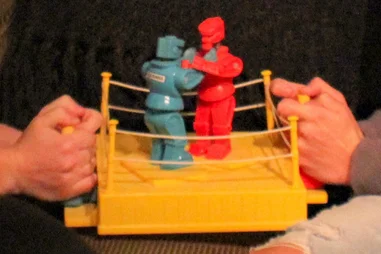
This toy seemed like the perfect way for kids to settle a rivalry—two plastic robots in a boxing ring, duking it out with every jab. The red robot and the blue robot could be pummeled until one’s head popped up, signaling a knockout. It was competitive, noisy, and downright addictive for kids who loved fast-paced action.
For parents, though, the constant clacking of plastic fists was torture. The sound carried through the whole house, and the matches could last forever. Add in the fact that kids often argued over who got which color robot, and this toy quickly lost its charm for adults. It was loud, it was relentless, and it wore down a parent’s nerves faster than the robots themselves.
3. Clackers
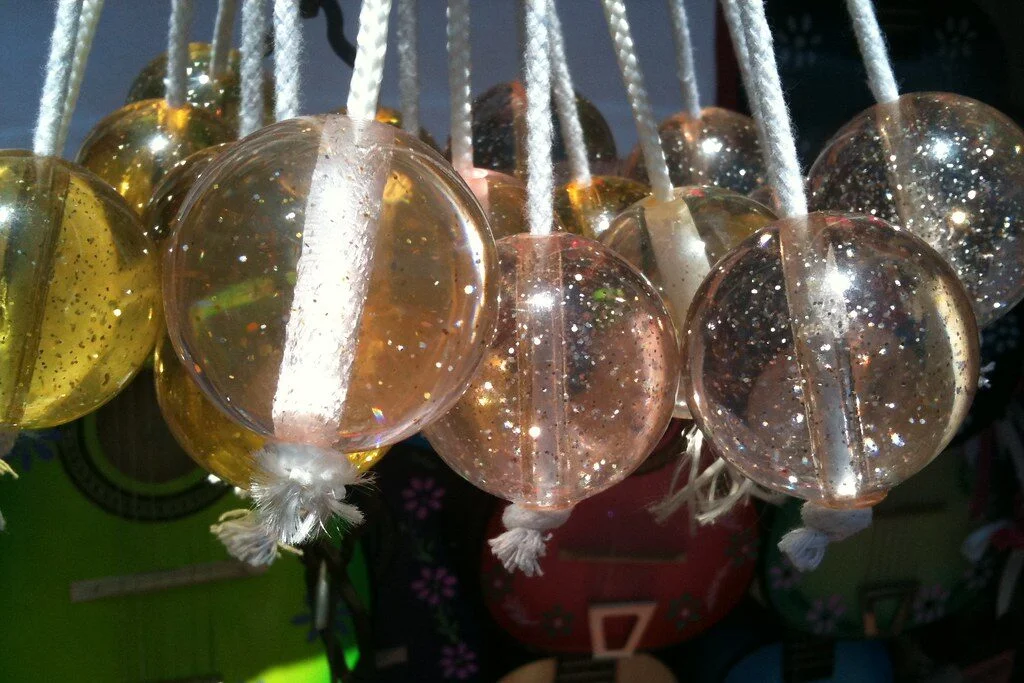
Clackers were two acrylic balls attached to a string, and the goal was to smack them together as many times as possible. They were supposed to bounce rhythmically up and down, clicking against each other in a mesmerizing way. Kids loved mastering the rhythm and showing off how many clacks they could get in a row.
Parents, however, had plenty of reasons to dislike them. Not only were they loud, but the hard acrylic balls had a bad habit of shattering if they hit too hard, sending shards flying. Injuries were common, and many schools banned them for being too dangerous. To parents, they were less a toy and more of a lawsuit waiting to happen.
4. Easy-Bake Oven
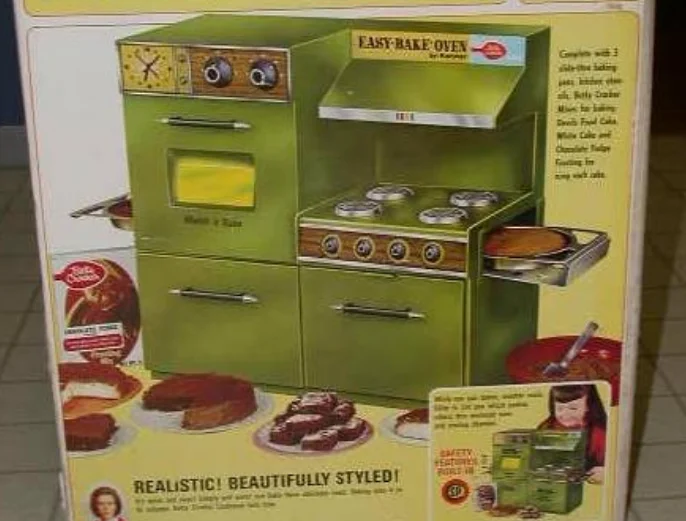
The Easy-Bake Oven gave kids the thrill of “cooking” their own treats using a light bulb as the heat source. It felt empowering to mix the powdery packets and slide them into the tiny oven, waiting for the magic to happen. For many kids, it was their first real taste of independence in the kitchen.
Parents, though, quickly grew tired of the whole process. The cakes and brownies never quite turned out like the box promised, and the sugary smell often lingered long after. On top of that, the tiny pans were impossible to clean properly, and replacement mixes weren’t cheap. What looked fun on TV often turned into more hassle than it was worth.
5. BB Guns
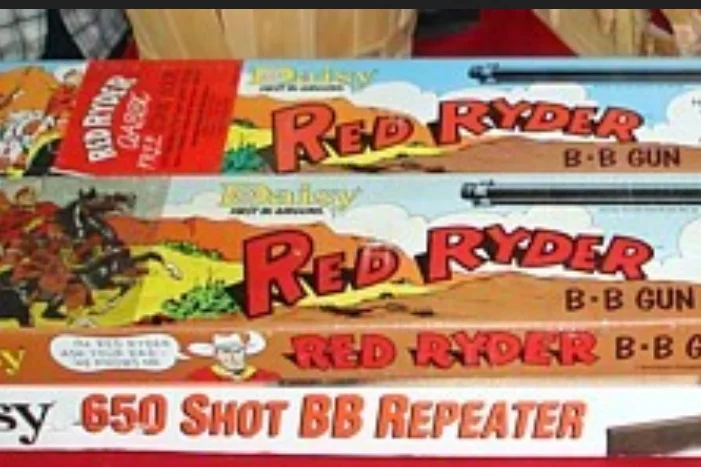
While technically marketed as sporting items, many kids in the ’70s begged for BB guns after watching westerns or action shows. They felt like the ultimate big-kid toy, giving kids a sense of power and adventure. Target practice in the backyard could feel like the real deal, making it a dream toy for many.
Parents, though, had nightmares about these things. BB guns could cause real injuries, from broken windows to bruises and worse. No matter how many safety talks were given, someone usually misused them, leading to tears or angry neighbors. Parents secretly hated them for being too close to actual weapons.
6. Creepy Crawlers Thingmaker
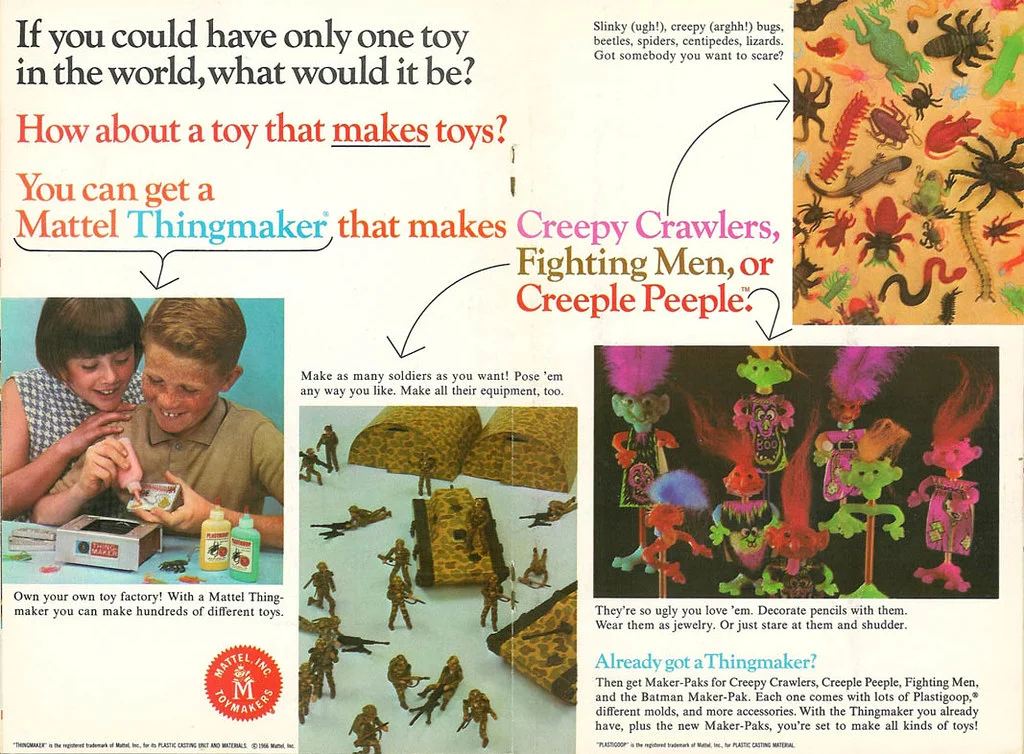
The Creepy Crawlers Thingmaker let kids pour goopy “Plasti-Goop” into metal molds and cook them until they transformed into colorful rubbery bugs. It was a gross-out hit for kids, who loved creating their own spiders, worms, and creepy critters. Watching them wiggle out of the mold felt like pure science magic.
Parents, however, saw a whole different side. The toy required a heating plate that could get dangerously hot, which led to burns more often than anyone admitted. The goo had a smell that lingered through the house, and cleanup was a nightmare. Parents quickly grew to resent the mix of danger, stink, and mess that came with every bug-making session.
7. Lawn Darts (Jarts)
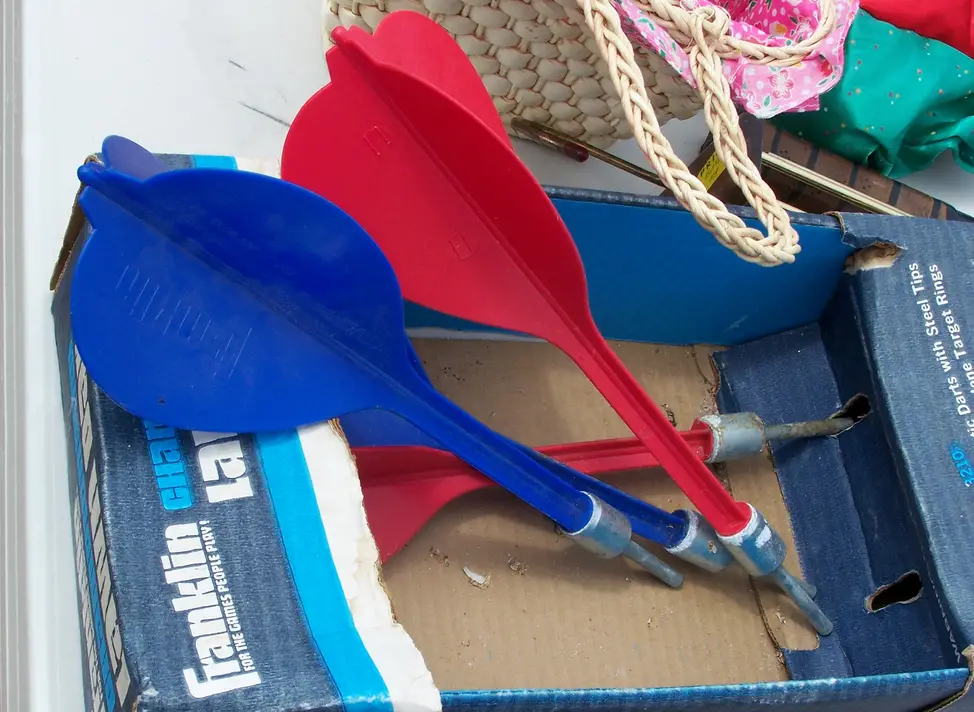
Lawn darts, or Jarts, seemed like an innocent enough outdoor game. You tossed the heavy darts into the air, aiming for a plastic ring target on the lawn. Kids loved the challenge and the thrill of seeing how close they could get. It was marketed as wholesome family fun, the kind you’d see on a picnic or backyard barbecue.
Parents eventually realized just how dangerous they were. These weren’t lightweight darts—they had metal tips that could cause serious injuries if they landed wrong. Hospitals across the country saw accidents, and eventually, the toy was banned. Parents who had lived through a near miss weren’t sad to see them go.
8. Super Elastic Bubble Plastic
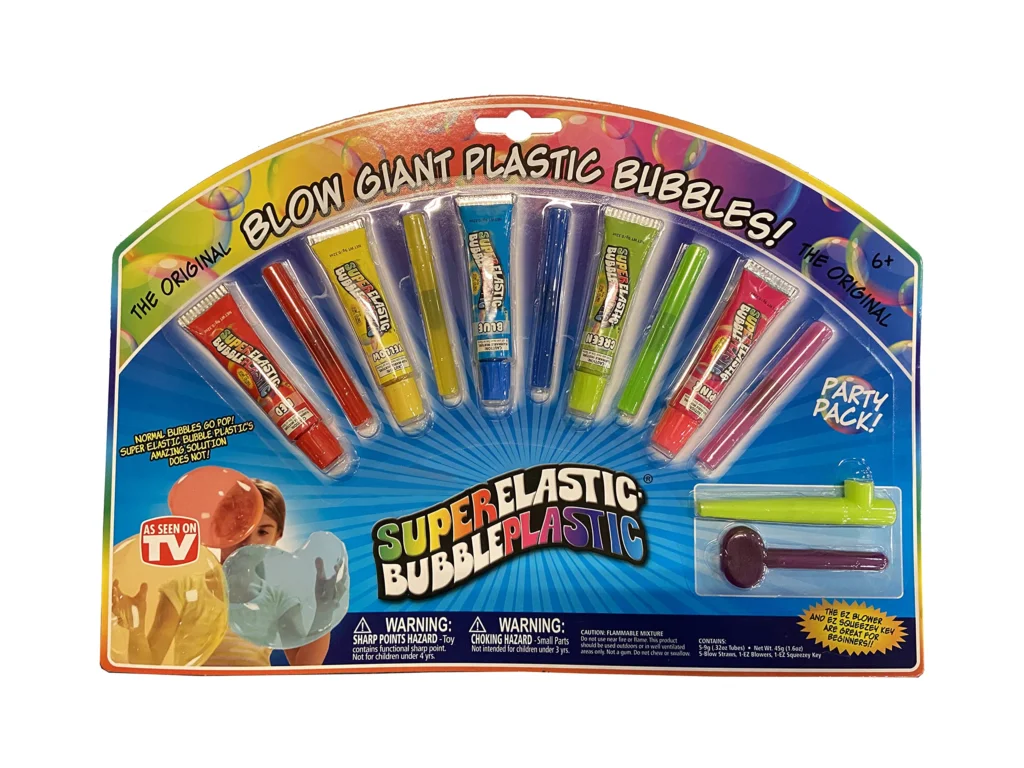
This toy let kids squeeze a tube of colorful goop onto a straw and blow it into huge, rubbery bubbles. The bubbles were thicker than soap bubbles and could be batted around for a little while before they popped. For kids, it was like magic, creating balloon-like shapes out of thin air.
Parents, however, had to contend with the strong chemical smell. The goo often stuck to hair, clothes, and furniture, leaving sticky residue that never really came off. On top of that, the plastic bubbles weren’t safe to inhale, and parents worried about their kids getting sick. What looked like fun in the commercial often felt like a health hazard at home.
9. Big Wheel
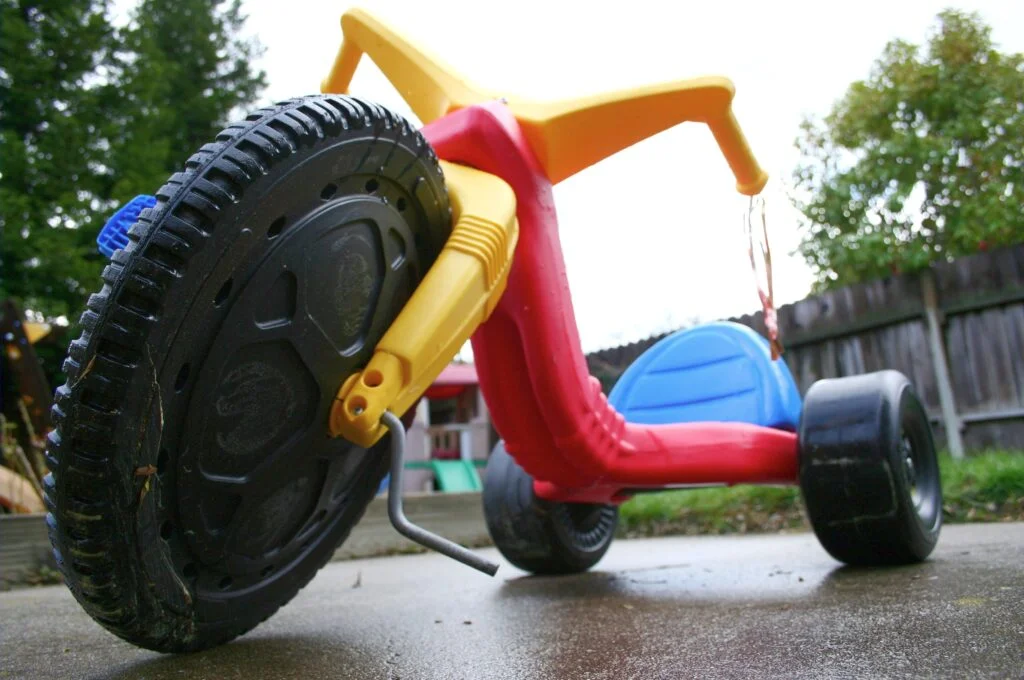
The Big Wheel was the king of ’70s ride-on toys. With its low-to-the-ground seat and oversized front wheel, it gave kids the feeling of zooming through the neighborhood at top speed. Skidding around corners and racing friends made it a playground legend.
Parents, though, weren’t always thrilled. The plastic wheels wore down fast, especially when kids skidded on pavement, and replacements weren’t easy to find. They were also noisy—every trip up the driveway sounded like thunder. While kids felt cool, parents just saw another toy that would end up cracked and unusable within months.
10. Silly Putty
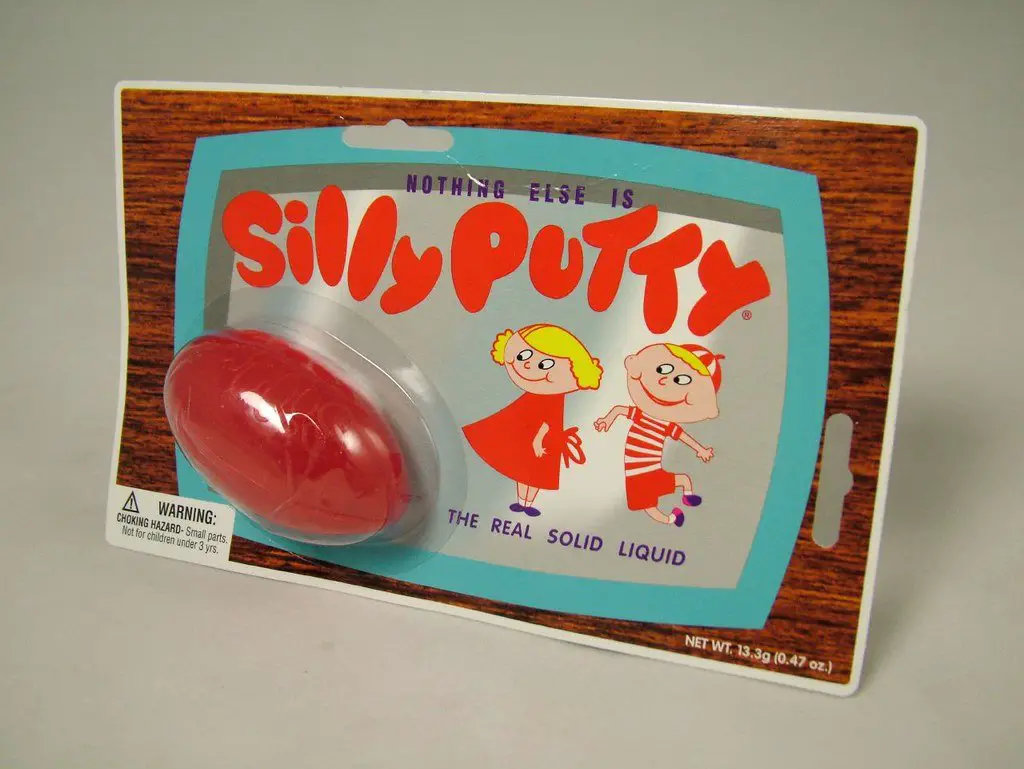
Silly Putty was endlessly entertaining for kids, who used it to bounce, stretch, and copy comic strips from the newspaper. It was a cheap toy that seemed to have no limits to its creativity. For rainy days or long car rides, it was a lifesaver in keeping kids occupied.
Parents, however, had mixed feelings. Silly Putty stuck to everything it shouldn’t—carpet, hair, and upholstery. Once it got ground into fabric, it was nearly impossible to remove. Parents loved the quiet it bought them, but hated the cleanup that almost always followed.
11. Cap Guns
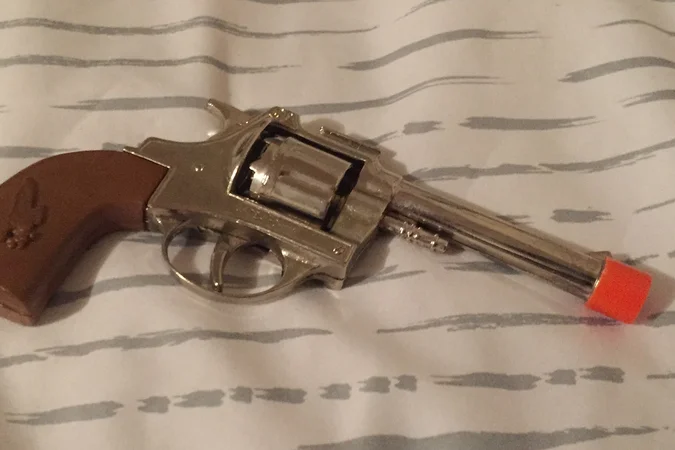
Cap guns made kids feel like cowboy heroes straight out of the Saturday matinee. The tiny paper or plastic caps popped loudly, creating smoke and sparks for added realism. Kids loved the noise, the smell, and the chance to stage elaborate shootouts with friends.
For parents, though, the constant popping was exhausting. The smell of burnt caps lingered, and the tiny scraps of paper wound up all over the floor. Some parents also worried about how realistic the toy guns looked. While kids imagined themselves as cowboys, parents mostly imagined headaches.
12. Hungry Hungry Hippos
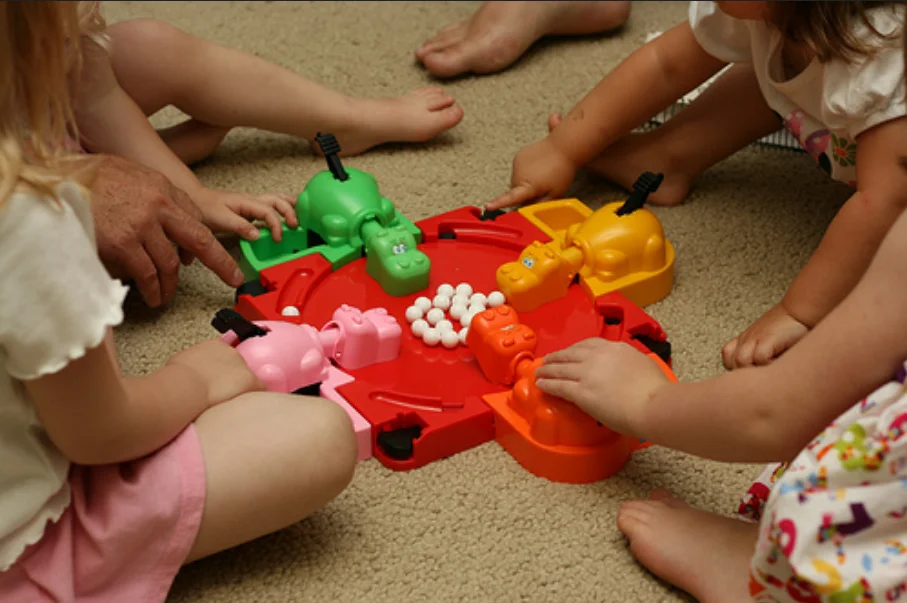
When Hungry Hungry Hippos hit the table, it was chaos in plastic form. Kids mashed the levers as fast as possible to make their hippos gobble up marbles, and the sound of the clattering balls filled the room. It was fast, competitive, and the kind of game that could get played over and over.
Parents, though, dreaded hearing that plastic rumble start up again. The marbles constantly rolled under furniture, and the banging levers were loud enough to drown out conversations. What was fun for kids often felt like pure chaos to the adults stuck listening.
13. Weebles
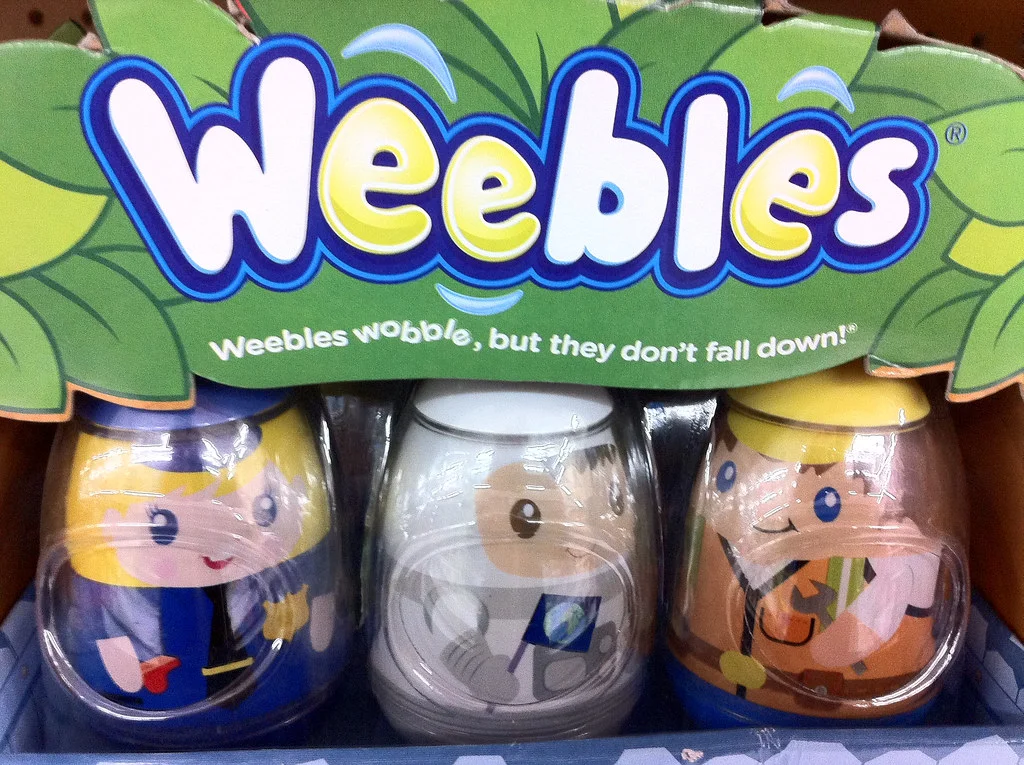
Weebles were adorable little egg-shaped toys that wobbled but never fell down. They came in sets, with houses, cars, and playsets that added to their charm. Kids loved their silly design and the endless scenarios they could play out. They were also tough to break, which made them a staple in many households.
Parents, though, weren’t always so enamored. The small size made them easy to lose, and they often rolled into hard-to-reach places. Younger siblings could mistake them for candy, which was a choking hazard waiting to happen. While kids adored their wobbling friends, parents quietly wished they’d stay in the toy box.


